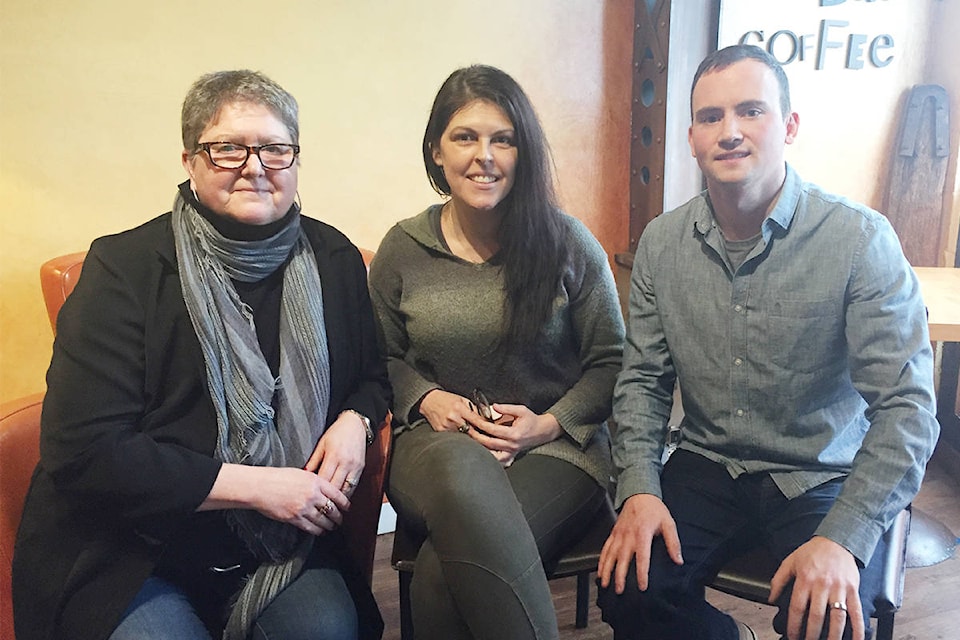Who in your community is affected by drug use and the current opioid crisis?
Because of the stigma attached to drug use, people often try to hide their addiction, or that of a loved one, so those affected are not always easy to identify.
By not taking the time to see the person behind the addiction, we de-humanize the issue. It’s easy to assume it’s a problem in a certain area of town, or among a certain group of people.
The reality is quite different.
“We have to view every person who uses substances as an individual and only then can we take a case-by-case approach to recovery,” explains Mark Lacroix, coordinator of Port Alberni’s Community Action Team (CAT). “We see substance use throughout all spectrums of our community.”
READ MORE: ‘Substance use has no boundaries’
Words matter:
Breaking down the stigma attached to substance use and addiction begins with language. Using people-first language refers to the person before describing his or her behaviour, which respects the person’s individuality and recognizes that the condition, illness or behaviour is only one aspect of who the person is – not the defining characteristic. “For example, we are getting away from labelling people as ‘addicts’ or ‘drug users,’ and instead we define the person first, using language such as ‘people who use substances,’” explains Lacroix. Changing our language is the start of reframing how we as a community begin to approach the issues and the process of recovery.
“The community action team views stigma as a direct barrier for people choosing to access harm reduction services.” Lacroix explains. “People who use substances alone are at far greater risk of overdose death and this has to change. In fact, we know that 90 per cent of the overdose deaths in the Alberni Valley occurred when people used alone in a private residence.”
“We are hearing powerful voices from our community at both engagement sessions and on social media,” says Deb Hamilton co-chair CAT/ADAPS. “Many of these voices are chipping away at stigma. My call to action is for community to continue the dialogue. We must keep talking to each other. Stigma affects the individual, the family and the community. We must take care of all three.”
Other avenues to breaking down stigma include welcoming persons with lived experience into discussions around substance use and addiction, not only as a way of gaining insight into the issue, but also of demonstrating the reality and reach of these issues.
Movie screening and community discussion
The Alberni Valley’s Community Action Team will screen the film Painkiller: Inside the Opioid Crisis in a casual community event Feb. 27 at Char’s Landing, followed by questions and conversation. The team’s newest persons with lived experience will also be on hand to speak with members of the public. Stop by from 7 to 9 p.m.
***
Named as a priority by the Ministry of Mental Health and Addictions in January 2018, Community Action Teams spearhead local co-ordination and communication to respond to the needs of those most at risk of overdose in their communities.
READ MORE: ‘Every person has a family, a story and a future’
